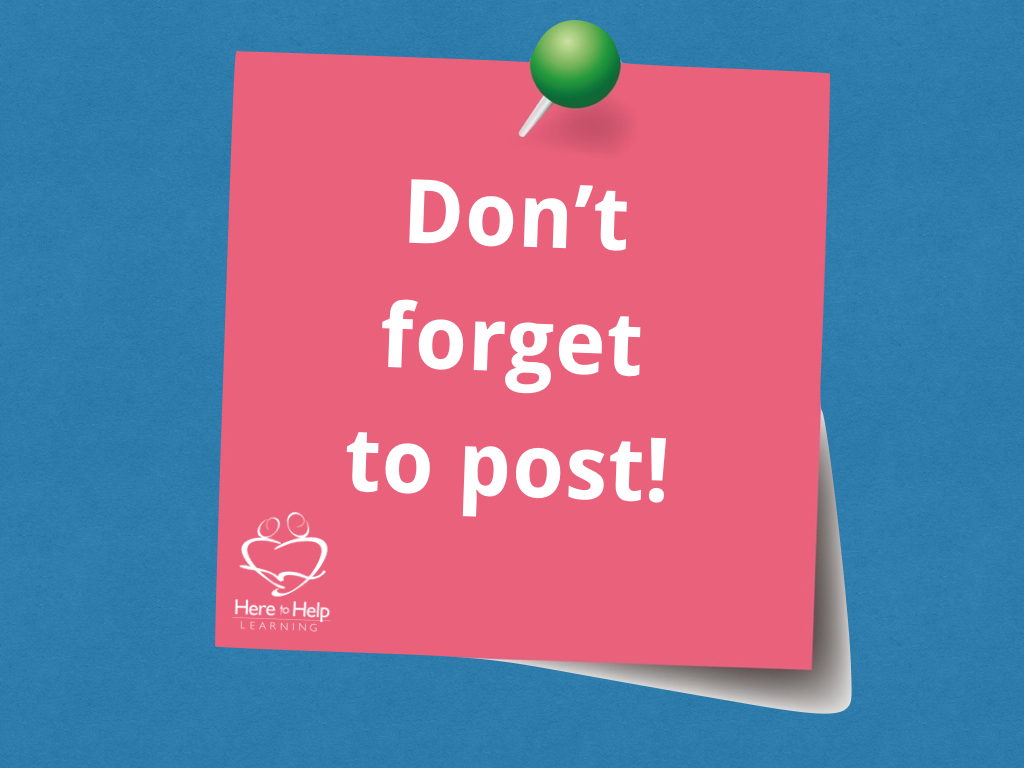When teaching children to write, it is easy to focus on the mechanics of writing and forget that writing is from the heart.
My third grader wrote a poem. It was a simple couplet poem with paired rhyming words and sounds of a truck captured in a made up word, “Vrooooooom.” She cried the first time she read it out loud. It was about the day her dad sold his truck where sweet father/daughter memories took place.
A young boy in my co-op class wrote a narrative about the time he went biking with his dad. He finished reading and said to the class, “I miss my dad.” His dad was deployed in Afghanistan.
A second grade girl repeatedly chose the theme of a lost animal for every writing project. Her mother admitted with tears in her eyes, she had no idea about the depth of her daughter’s grief about a family cat that never returned.
Each time a writer writes, they put their heart in a public space.
That can be a scary place for anyone, regardless of age, but it can be especially scary for young elementary students. As teachers, we must understand the vulnerability that our students feel when they write. We must balance teaching the mechanics of writing while preserving communication, as vulnerable as it may feel, through the written word.
A writer can’t escape feelings of vulnerability completely because writing is about the heart.
To demonstrate what I mean, let me share with you an exercise I use in my Young Writer’s Workshop. I open the writing workshop with the parents participating in a typical elementary school writing assignment. First of all, it is important to know the participants are comprised of adult high school graduates and most of them have some college credits or have earned their college degrees. I give them instructions to write one paragraph based on a writing prompt- “Why I love my children”. Tongue in cheek, I ask if everyone has knowledge about the topic. Each participant willingly smiles and nods their head. I set a timer for ten minutes and tell them they can begin to write. Usually only a few moments pass before you can cut the tension in the room with a knife as feelings of vulnerability thicken. In one workshop, halfway through the allotted time, one mom put down her pencil, crossed her arms and refused to write! In another workshop, a dad ask me for clarification, “How much do I have to write?” Sound familiar?
When the timer buzzes, I ask the parents to put down their pencils, and I tell them to turn their papers over. I immediately address the tension in the room. First, I assured them that no one is going to look at their paper. A huge sigh of relief is heard. I begin to explain the purpose of the exercise- to understand the feelings of vulnerability that accompanies writing.
As a group, we (remember…educated adults) spend the next 20 minutes openly discussing the fears, frustrations, and feelings that surfaced. Our discussion becomes a mirror into the hearts of our children whose communication and writing skills are still emerging.
Here is a cumulative list of responses:
- I felt rushed.
- I felt pressured to perform.
- I was afraid when I saw the red pens, knowing my paper was going to be marked up.
- I wasn’t sure how to spell a word, so I changed it to another word that was easier to spell.
- I had a bad day with my children, so it took me longer to write about why I love them.
- I thought I would be embarrassed in front of the group.
- I didn’t expect I would have to write. I just wasn’t ready.
- I started comparing myself to others in the group.
- I didn’t know what was expected of me and how it would be graded.
- I just didn’t want to share my paragraph; I don’t know these people. The subject was too personal.
- I forgot to organize my thoughts and wrote too much about one child and almost nothing about my other child.
- I kept my sentences short because I was afraid I would be wrong.
- I didn’t want to be singled out.
- I was glad we didn’t give our papers to another person; my penmanship is horrible. I was afraid that someone would not be able to read it.
- I hate to write. That’s why I am here at the workshop. I don’t want my children to hate writing.
Even professional writers speak of this looming insecurity when they submit their writing to their editor. Ask any blogger, technical writer, or author…. pushing the send button on a manuscript requires courage. As home educators instructing young writers, we need to create a safe place for our children to develop their skills and love for writing.
Creating a safe place for learning how to write requires two key foundations, predictability and the removal of the fear of failure.
1. Predictability means stability. Stability means security, and security means safety. It is important to provide a predictable framework for writing that can be applied to different types of writing. A predictable framework infuses confidence that builds mastery with the completion of each writing project. It is why Here to Help Learning‘s Writing Program teaches the entire writing process starting in the first grade.
2. The second foundational key to teaching writing is the removal of the fear of failure. How do you tear down the infamous fear of failure barrier? You tear it down with a smile, a listening ear, a soft tone, a playful and accepting heart, and you put away a critical spirit.
At the end of the workshop, if time permits, I ask if anyone would like to read their paragraph. A few usually volunteer. At some point during the reading, tears brim and fall as written words are shared. Tears?…Really? It. is. just. a. paragraph…… or is it? Writing is a deep form of personal expression. We need to remember our children feel this vulnerability whether they write a science report or a personal narrative.
Okay, you try it! Pick a topic, any topic. How about one of your children’s writing assignments? Allow yourself the same amount of time as you give your child. Complete the writing project, and then share it with your family, and then another adult. Many of you just froze! And…. that’s my point! A writer can’t completely avoid feelings of vulnerably. I hope you do try this little exercise and record your feelings along the way. It’s eye-opening.

Understanding that writing is about the heart helps us as home educators to approach the task of teaching writing with enormous amounts of patience and encouragement. Teaching the subject of writing requires that we provide a framework that is predictable and allows for less than perfection. Next time your child hands you something he or she wrote, remember they are entrusting you with the gift of their heart. Care for it with loving hands.
From Our House to Yours,










